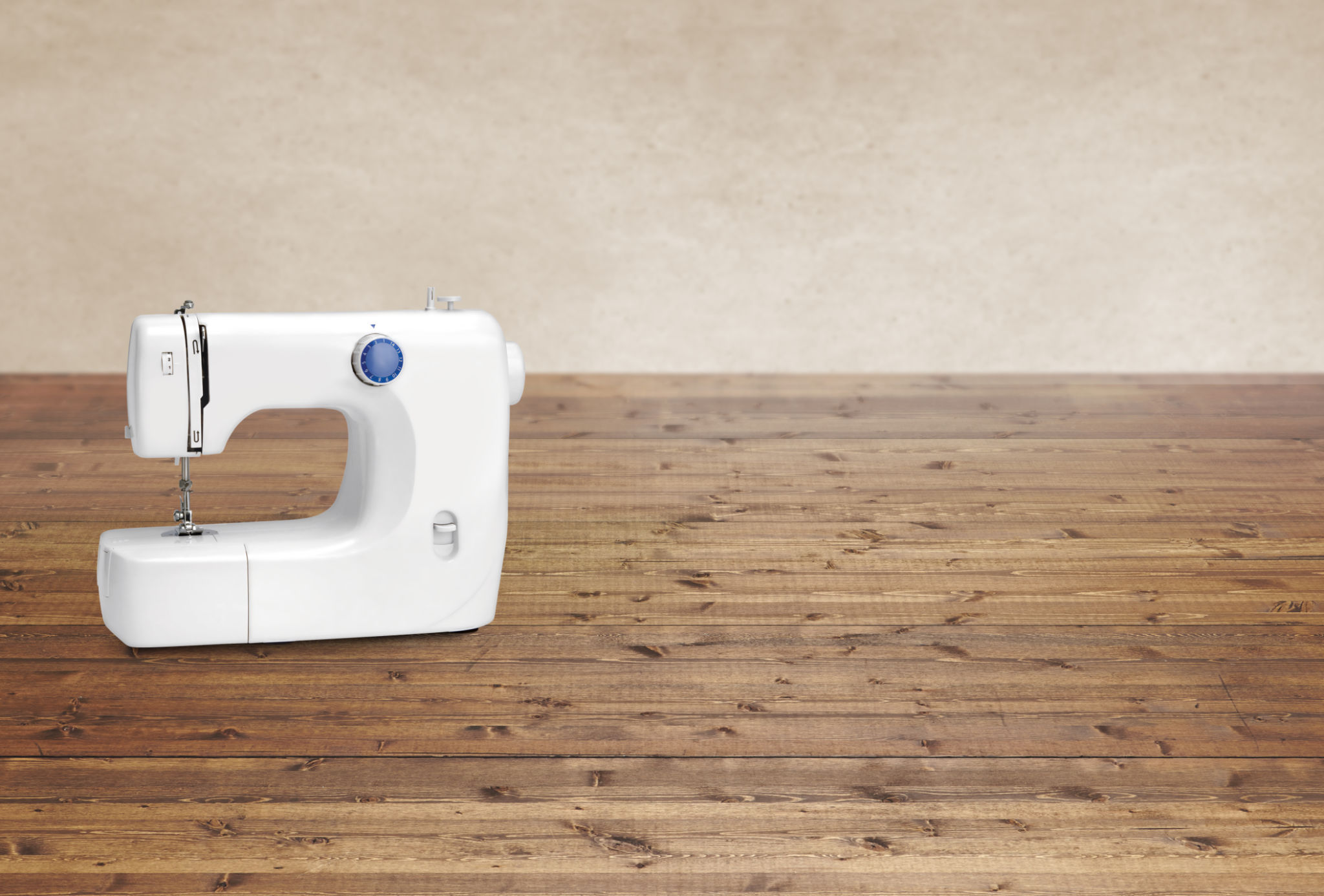How to Fix Common Sewing Machine Issues at Home
Understanding Your Sewing Machine
Sewing machines are remarkable tools that can save time and effort when working on sewing projects. However, like any machine, they can occasionally run into problems. Before heading to a repair shop, consider tackling some common issues at home. With a bit of understanding and patience, you can often resolve these issues yourself.
Familiarizing yourself with the different parts of your sewing machine is key. Knowing what each part does helps you diagnose problems more efficiently. Consult your sewing machine's manual, which typically includes diagrams and troubleshooting tips.

Common Sewing Machine Issues and Solutions
Thread Bunching
Thread bunching, often referred to as "bird nesting," is a frequent issue. It usually occurs when the thread tension is improperly set or the machine is not threaded correctly. First, check that the upper thread is threaded according to the manufacturer's instructions, ensuring the presser foot is raised during threading.
If threading is not the issue, adjust the tension settings on your machine. Start with small adjustments and test on a scrap piece of fabric until the stitching appears even. Remember that both upper and lower thread tensions may need to be adjusted.
Needle Breakage
Needles can break for several reasons, including using the wrong needle type for the fabric or improper installation. Always ensure that you are using the correct needle size and type for your specific project. Consult your manual or fabric guide for recommendations.

Be sure that the needle is inserted correctly, with the flat side facing the right direction. Tighten it securely but not excessively. If needle breakage persists, check for any obstructions in the needle plate or bobbin area that might cause resistance.
Skipped Stitches
Skipped stitches can ruin a project and are often caused by a dull needle or incorrect presser foot pressure. Regularly replace needles to maintain sharpness. If you notice skipped stitches, try changing the needle first.
Adjusting the presser foot pressure might also help. Check your manual for guidance on how to make these adjustments, as too much or too little pressure can affect stitch formation.

Maintaining Your Sewing Machine
Regular maintenance can prevent many sewing machine issues before they arise. Start by cleaning your machine after each use, removing lint and dust from the bobbin area and feed dogs. Lubricate moving parts as recommended by your manual to ensure smooth operation.
- Keep your sewing machine covered when not in use to protect it from dust.
- Schedule regular professional servicing to maintain optimal performance.
- Store threads and fabrics properly to avoid contamination with dust or oils that can transfer to your machine.
By understanding how to fix common sewing machine issues at home, you can save both time and money, allowing you to focus on what truly matters—your creativity and projects. Happy sewing!